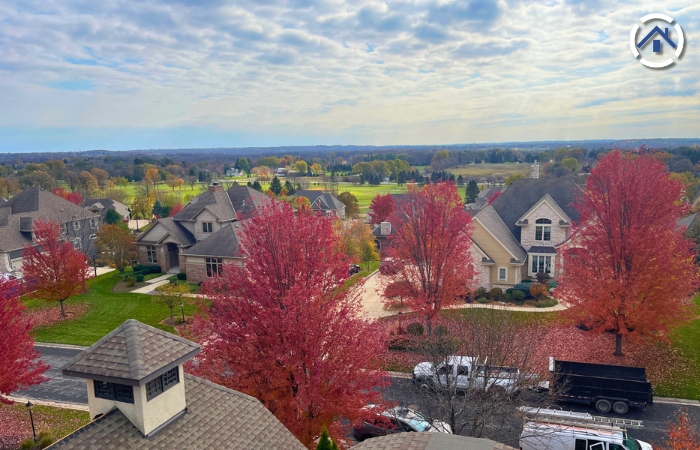
Are you setting off on a fascinating journey through Wisconsin's architectural tapestry? This journey will uncover a wide range of house styles and structures, each intricately weaving a unique narrative reflecting the state's rich history and various influences.
Let's delve into the most common house types in Wisconsin, from the beloved Victorian charm to the sleek lines of modern living.
Wisconsin boasts diverse house styles reflecting its architectural history and influences. Preferences vary across regions, with unique local styles and blended influences creating an eclectic housing landscape. The most common house types in Wisconsin include:
Colonial Revival, an architectural style influenced by the colonial era of American history, particularly the 18th century, is characterized by symmetrical facades, gabled or hipped roofs, dormers, shutters, and double-hung windows. It frequently includes a central foyer with a staircase.
This architectural style continues to be widely embraced and cherished, embodying values such as patriotism, democracy, and a commitment to tradition. Colonial Revival homes in Wisconsin may have elements reminiscent of early American colonial architecture.
Originating in New England during the 17th century, Cape Cod residences are known for their simplicity and compact design. They feature steep roofs, central chimneys, and dormer windows. Although some Cape Cod houses may have multiple floors, the majority are characterized by a single-story layout.
Emerging in the mid-20th century, ranch-style residences are characterized by a single-story layout. These homes typically feature an open-concept or L-shaped floor plan, expansive windows for abundant natural light, a low-pitched roof, sliding glass doors leading to an outdoor dining area, and, occasionally, a welcoming front porch.
Emerging in the 19th century in the United Kingdom and named after Queen Victoria, Victorian houses have extended their influence to the United States.
These homes showcase external features such as an asymmetrical design, wood cladding, brick or stone facades, two to three stories in height, steep gable roofs, bay windows, wraparound porches, turrets, towers, dormers, corbels, chimneys, decorative gingerbread trim, iron railings, stained glass, and a vibrant array of paint colors.
A Craftsman house, a popular American architectural style stemming from the turn of the 20th century's American Craftsman movement, is known for its distinctive characteristics. These include roofs with low pitches, prominent gables, and projecting eaves.
The exteriors intentionally feature exposed rafters. These homes often showcase spacious front porches upheld by strong tapered columns. Craftsman houses typically stand one to one-and-a-half stories in height and feature designs that can be either symmetrical or asymmetrical.
It is common to include large windows, like bay or picture windows, with a small roof ledge and decorative rafter tails. The exteriors are adorned with painted wood siding, particularly cedar shaker shingles, and may incorporate stone or stucco accents.
In Wisconsin, contemporary homes stand as a testament to the evolving architectural landscape of the 21st century. Characterized by clean lines, expansive windows, and open floor plans, these residences not only reflect the prevailing design ethos of today but go further to define the ever-evolving architectural styles of our era.
The contemporary homes represent a captivating blend of modern aesthetics and functional design, seamlessly integrating cutting-edge technologies and materials to create spaces that harmonize with the needs and preferences of contemporary living.
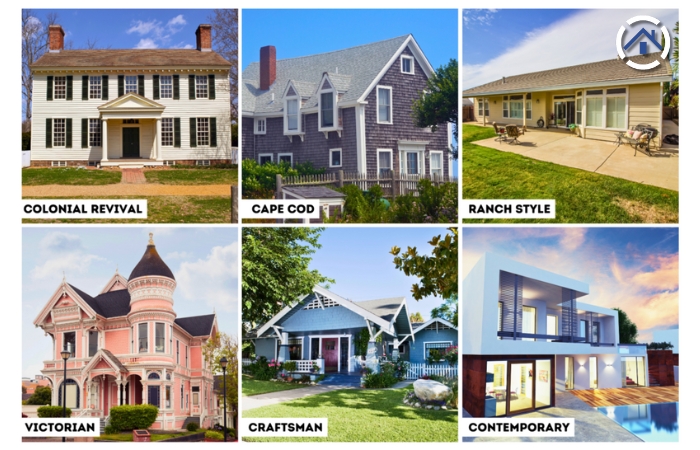
There are five main house types—single-family, manufactured, condominiums, cooperative housing, and apartments—offering diverse options for various lifestyles and financial considerations. This housing diversity enables individuals and families to find a home that suits their unique needs and circumstances. Now, let's delve into the specifics of each type.
Single-family houses, also known as detached houses, are standalone residential structures designed to accommodate a single family.
They offer privacy and often include front and backyard spaces, allowing homeowners to enjoy outdoor activities and create personalized landscapes. The architectural diversity of single-family houses is noteworthy, as they come in various styles and sizes to accommodate a wide range of preferences and needs.
From charming cottages to expansive estates, the architectural spectrum of single-family houses caters to different aesthetic tastes and lifestyle requirements. This diversity enables individuals and families to find a home that aligns with their unique vision of comfort and functionality.
Manufactured houses are built off-site and then transported to their final location. Manufactured houses offer cost-effectiveness and quicker construction due to their assembly in a controlled environment. These homes can be on permanent foundations, ensuring stability akin to traditional houses, or they can be kept on wheels, providing mobility for those seeking a flexible living arrangement. This versatility caters to diverse housing preferences, reflecting an innovative approach to address varying homeowner needs.
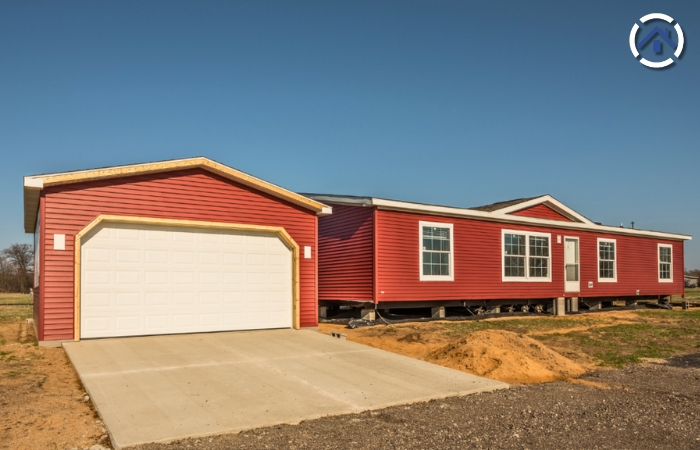
Condominiums, commonly known as condos, distinguish themselves by providing individual ownership of living spaces and offering a shared living experience with shared amenities. These shared facilities often include enticing features such as swimming pools, fitness gyms, communal lounges, and other common spaces that enhance residents' overall quality of life.
Condominium residents contribute to the maintenance and upkeep of these shared amenities through monthly fees. These fees, often referred to as condominium or HOA (Homeowners Association) fees, cover the costs associated with the regular maintenance, repairs, and operational expenses of the shared facilities and common areas.
This communal approach fosters a sense of community. It ensures that the shared spaces remain well-maintained and accessible to all residents, contributing to a more convenient and enjoyable condominium living experience.
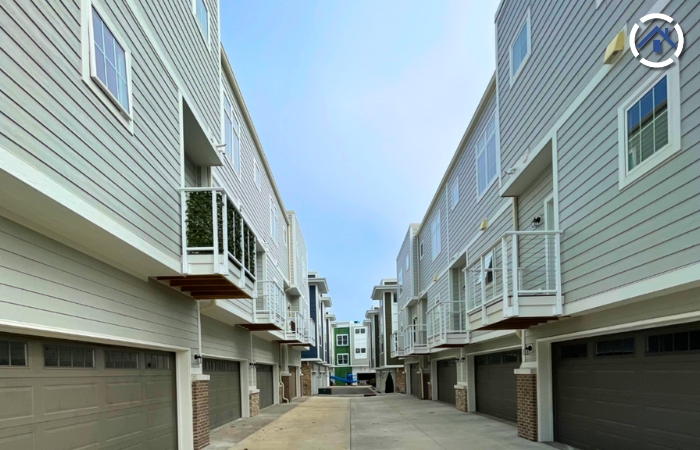
Cooperative housing, or co-ops, involves residents collectively owning and managing the property through a corporation.
Residents own shares in the co-op, granting them the right to occupy specific units. Decisions, including ongoing expenses, are made collectively through cooperative meetings, fostering a sense of community engagement and shared responsibility. This unique housing model emphasizes collective ownership and shared decision-making for the entire community's benefit.
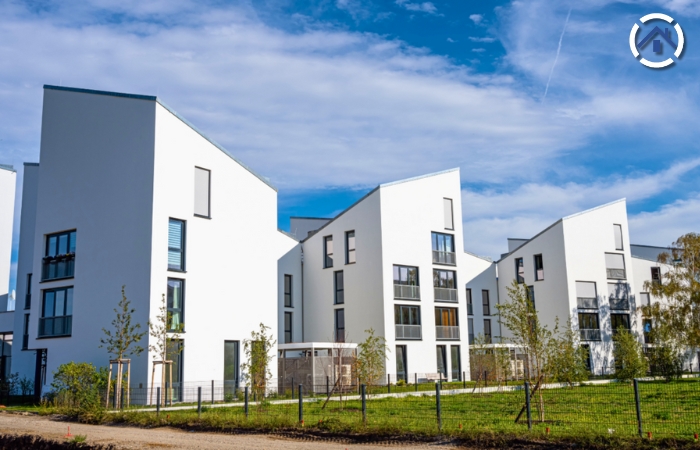
Apartments within multi-unit buildings represent a housing arrangement where individual living spaces are leased rather than owned.
In this housing model, residents typically pay rent to the property owner or management, allowing flexibility and mobility. This rental arrangement grants individuals the freedom to choose a living space that aligns with their lifestyle without the long-term commitment of ownership.
These dwellings can be situated in diverse structures, including high-rise towers, mid-rise buildings, or smaller complexes, providing a broad spectrum of housing options. Offering diverse sizes and layouts, apartments cater to varied preferences and needs.
Understanding home structure types is crucial when categorizing residences, and it involves considering two primary parameters: the structure type and the style.
The classification of a home based on its structure type delves into the fundamental characteristics that define the building's inherent layout and ownership arrangement. One key distinction lies in the juxtaposition of single-family homes and condominiums.
On the other hand, the style refers to the distinctive architectural features and design elements exemplified by diverse styles like Craftsman or contemporary. Recognizing and differentiating between these elements helps individuals comprehend the fundamental framework and aesthetic characteristics that define various homes.
Wisconsin's diverse house types showcase a rich architectural history, offering insights into cultural influences over time. This knowledge fosters community pride and empowers individuals to make informed housing choices based on their preferences and lifestyles. Understanding the distinctions between home structure types and styles adds depth to navigating the housing market wisely. Ultimately, it's about appreciating the stories and diversity that shape our living spaces.